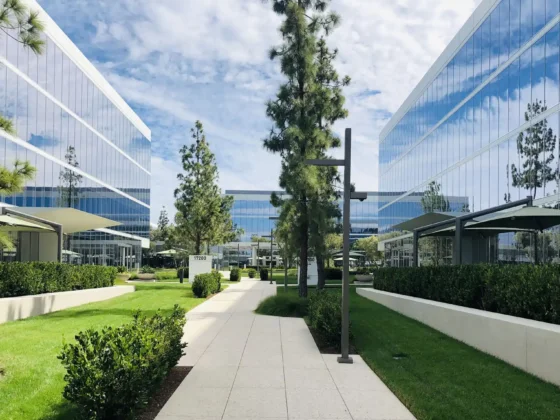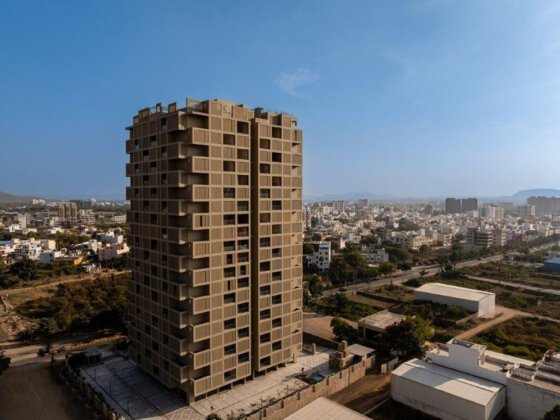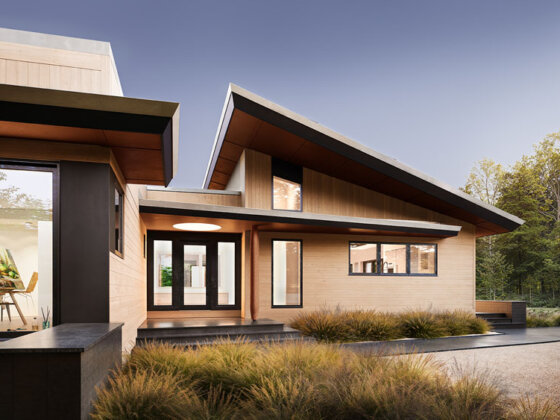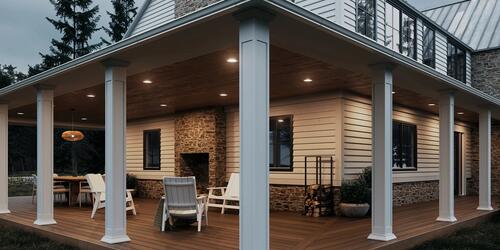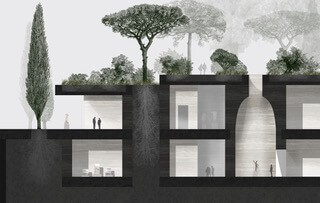Cappadocia, Nevsehir, Turkey
Commissioned by Indigo Group, Cappadocia Spa Hotel by Gökhan Avcıoğlu and GAD Architecture is a unique 255,000-square-metre hotel, located in the district of Taş Ocakları region in Nevşehir, Türkmenlik Tepe, that offers a cave-like atmosphere with softly-designed rooms, smooth surfaces and flowing spaces while providing amazing views towards the unique geography of the region.

Cappadocia SPA Hotel has been awarded a 2022 Green Good Design Award from The Chicago Athenaeum: Museum of Architecture and Design and The European Centre for Architecture Art Design and Urban Studies.
This project, which takes the region’s geographical, geological, and historical context in its purest form as the starting point and is designed with a conceptual approach, is a story of return and recovery.
During the design process, archaeological sites have been found in areas not cut as quarries yet.
The Shaman Altar structure, which is rarely seen in Cappadocia, was discovered at the top of the site and taken under protection by the archaeologists of the Conservation Board.

The unique physical texture of the area, historical sites, and thermal water that emerged during the site investigation has been the main elements shaping the project.
It aims to use the thermal water that emerged in the drillings in the large pool designed as a large lagoon for daily use and general heating, cooling, and even to obtain the electrical energy needed.
It is aimed to use hot, healthy water at various temperatures in different places such as lagoons, spas, and Turkish bath pools; also, the pleasant combination of water, earth, and fire offer a timeless experience to users and dwellers.

The design is the essential element because of the contrast of the spaces obtained by carving and the new spaces built by stacking the stone masses coming out of it.
Cappadocia Spa Hotel intends to be a part of the “place” by using the physical and cultural data of the area’s geography and creating its “own context” with the unique texture and fiction it has created within itself. The design concept draws on the idea of destroying the borders between the natural and the new and establishing a synthesis in between.
The project has been designed as three separate zones as allowed by rock carving (cave) construction.
Zone I is composed of: the hotel entrance sitting on the eastern axis of the rock slopes destroyed during the period when the land was used as a quarry, the lobby, and the “Weaving Carpets Museum,” the private collection of the Indigo group.

Adhering to the depth and heights allowed by the rock-carved construction, the plan layout consists of the main joint and interrelated cave spaces attached to it.
The II Zone includes the attached cave hotel rooms and a second section connected to the hotel lobby in the I Zone.
While this created II Zone and circulation line connect the spaces by intertwining with the natural texture of the rock, it induces a surprising visual feast, sometimes with skylights or by opening to the outside.
The end of the II Zone extends over to the west of the destroyed rock slope. The thermal water coming out at the point where this axis reaches and the natural embankments at the site have strengthened the Spa and Natural Lagoon concept.
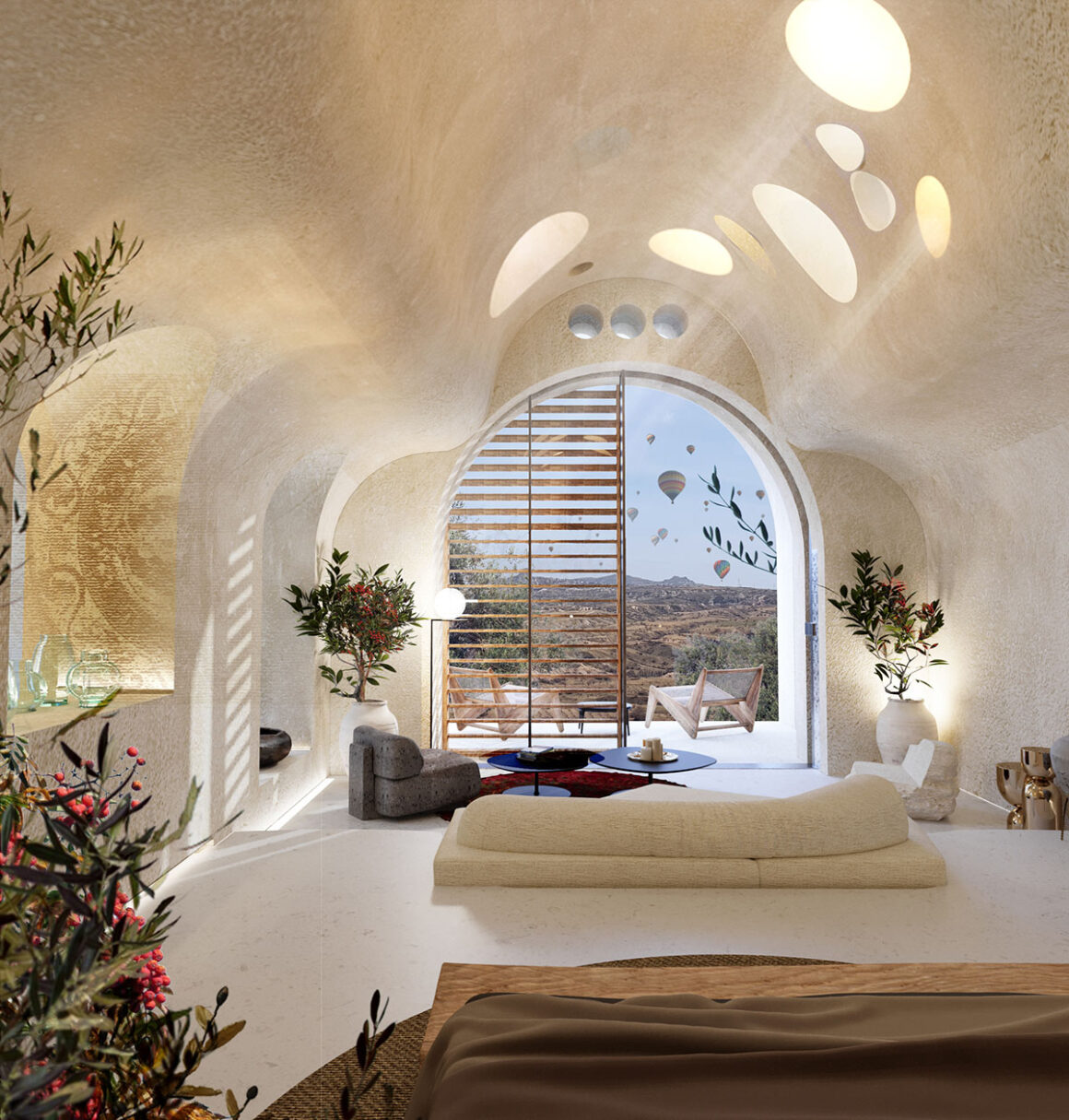
The III Zone, which opens to the Nevşehir Uçhisar landscape, is designed by settling the rock-carved negative units and the positive units constructed with the natural stones obtained from this carving in a “hybrid” and “partial” style to the site.
While designing all the project units located in different zones, various scales and spatial characteristics were proposed to be in harmony with the existing texture, be a part of the ratio, and preserve its unique concept.
The unique geology and landscape geography have been influential in the emergence and shaping of the settlement types in Cappadocia.
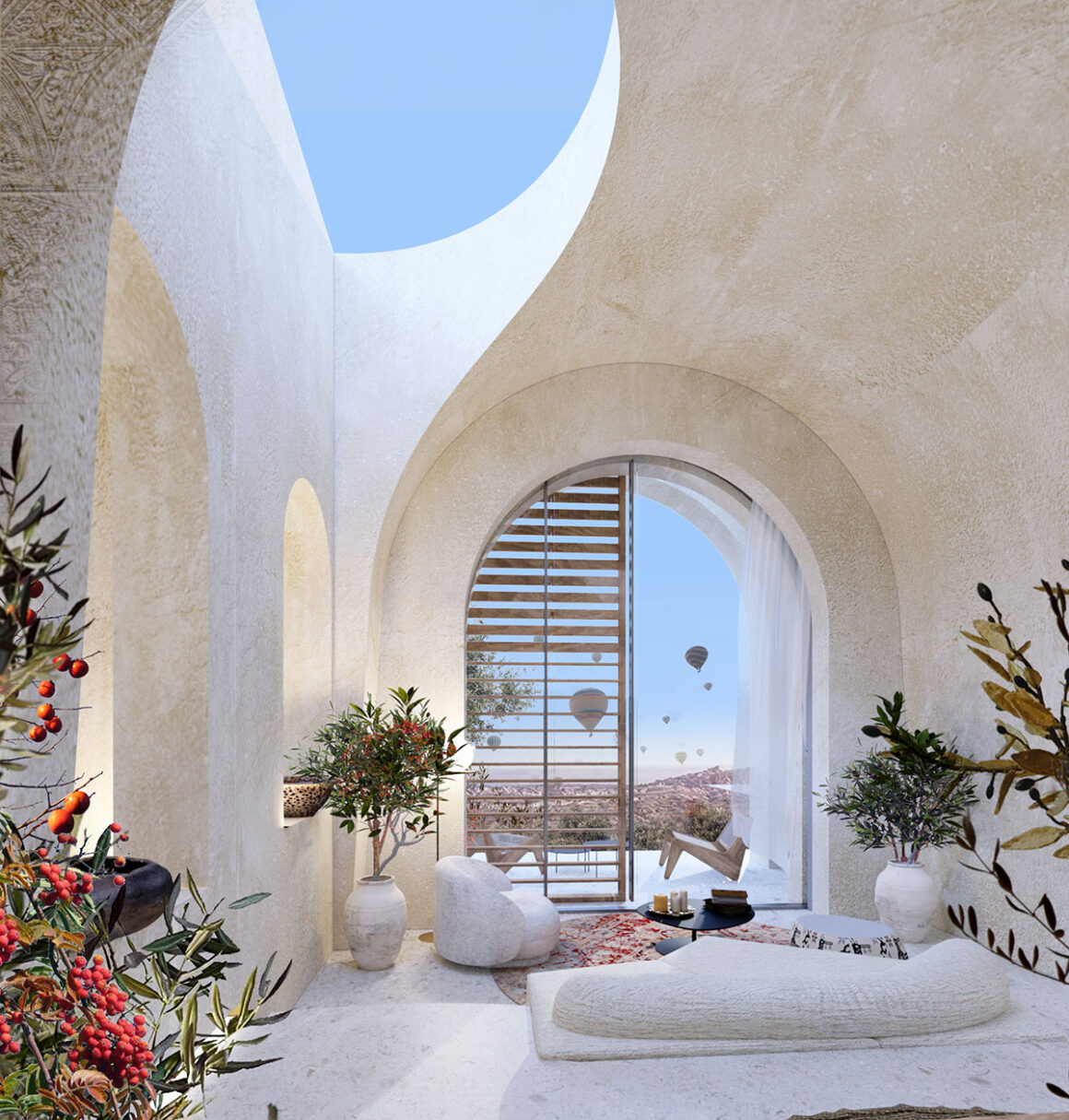
Soft stone, which has been worn for thousands of years, has become an iconic shape identified with Cappadocia and civilizations shaped in the center of Turkey.
During the Roman period, Cappadocia became a shelter for those who escaped religious persecution for early Christianity.
According to the early Christian civilization’s archaeological studies, the many Cappadocia, located in the center of Turkey with its history dating back to ancient times, is one of the critical historical centers.

The original physical character and natural history of Cappadocia date back to thirty million years ago.
When eruptions from nearby volcanoes covered the entire region and formed the geology of other rocks, especially basalt, the soft aged tuff, which has been transformed into tuff by thousands of years of erosion, has become the visual identity of the region by taking the iconic form of the countless pointed “fairy chimneys” that have survived to the present day.
The site is located in the newly launched archaeological excavation area of Cappadocia.

The design strategy is derived from archaeological heritage and research. A nexus with ancient and archaic spatial knowledge has been found by using research as a starting point.
The concept of microclimate, human settlements that optimize climate and functional needs, has become a broader urban strategy of GAD’s design.
This strategy has been applied to the hotel’s current programmatic needs, the building’s leisure, long-stay residential function, and critically to visitors’ needs as a new nature experience.

GAD’s Cappadocia Hotel and Spa Concept Design Sustainability and a zero-carbon future are important pillars of ecological thinking. In architecture, this has meant the reduction of carbon formation in both the construction and operational performances of structures.
As architects, our goal at GAD is to meet the criteria and standards for architecture that reduces waste and balances carbon emission through more efficient techniques for construction but importantly in the total life-cycle of buildings.
Our concept project design, Cappadocia Hotel, and Spa, take a radical approach to all these factors of ecological thinking in architecture and construction.
The site in the ancient Cappadocia district of Turkey in Central Anatolia is an area known for its unique geological topography of volcanic stone and historic underground architecture dating to Roman times.

The site for GAD’s Cappadocia Hotel and Spa is a defunct stone quarry that became an opportunity for design for sustainability through the development of strategies to use and reapply natural stone existing on-site in the new construction.
The quarries’ carved surfaces were retained while additional cuts were made to create interior volumes for new functions and experiences.
All of the stone excavated from the rock face is then reused on-site for the construction of new sections of the Cappadocia Hotel and Spa.
In other words, the site for the new building is both the source of building material reducing the need to transport construction material to the site and importantly recycling the existing waste from the defunct limestone quarry.
In a further attempt to reduce heat loss and gain, this stone architecture is designed with seasonal change in mind.

The natural stone mass provides heating and cooling efficiency to reduce the energy needs of the structure. Additionally, the geothermal opportunities in Cappadocia’s volcanic geology provide further energy-efficient heating and cooling. Thermal/Health/Experience We are in a time when new experiences are required for an ever-expanding global culture.
Especially in this sense, Cappadocia Spa Hotel offers engaging experiences about design, the environment, ecological impact, human interaction, and the comfort of nature.
This project is a sustainable solution where groundwater is a source of geothermal energy to create thermal hot springs, and natural hot springs.

GAD assumes water as an essential natural resource that should be seen as a symbol in architectural design.
Therefore, water was a visible feature in the project design with symbolic and spatial effects. In the pools, a healthy microclimate is created by combining the dry air of the high plateau of Cappadocia and the natural geothermal groundwater where visitors can swim.
Furthermore, GAD’s design has made this pool an exterior public space feature that is site-specific in its grand scale but a valuable contribution to the experience of health and well-being that is central to the design idea.


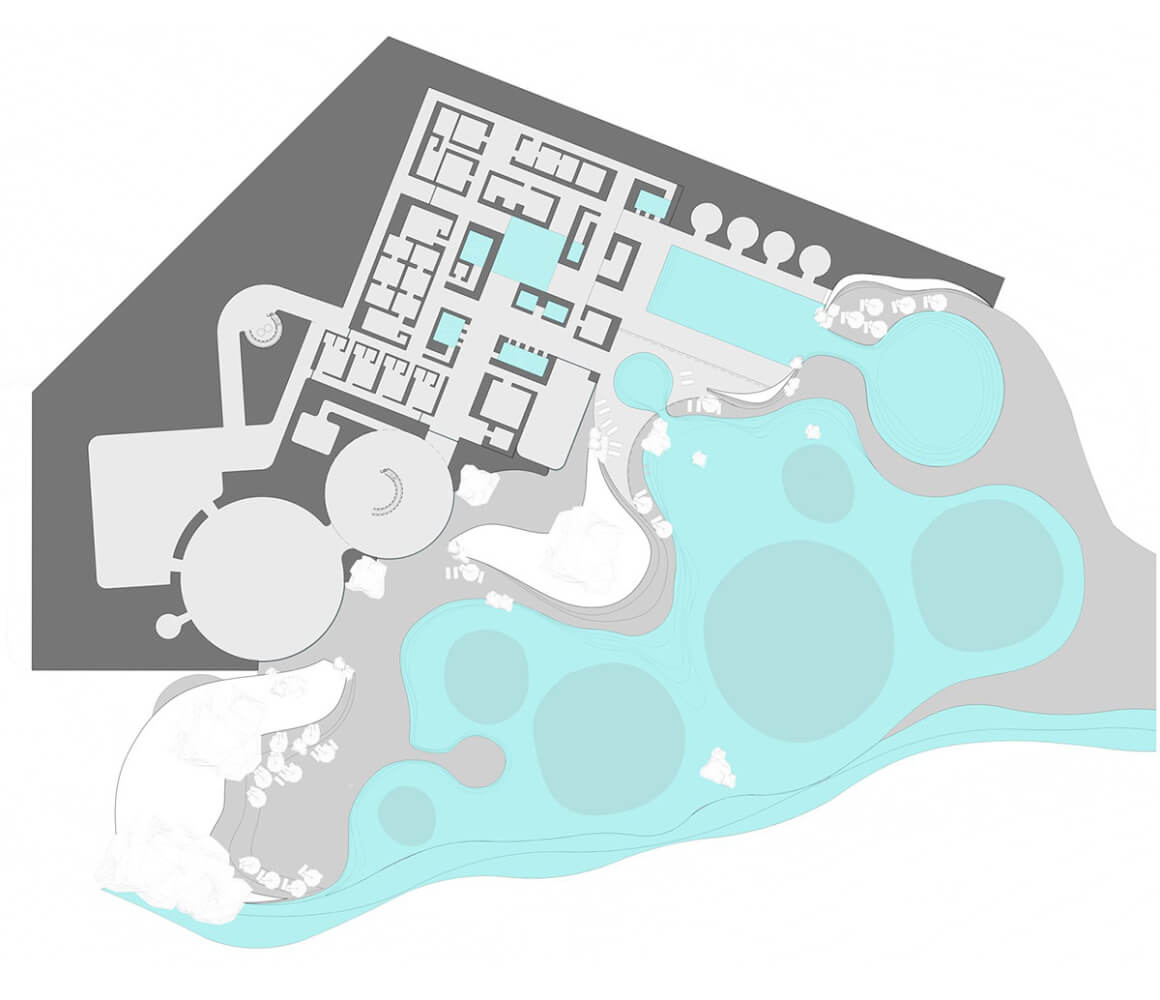

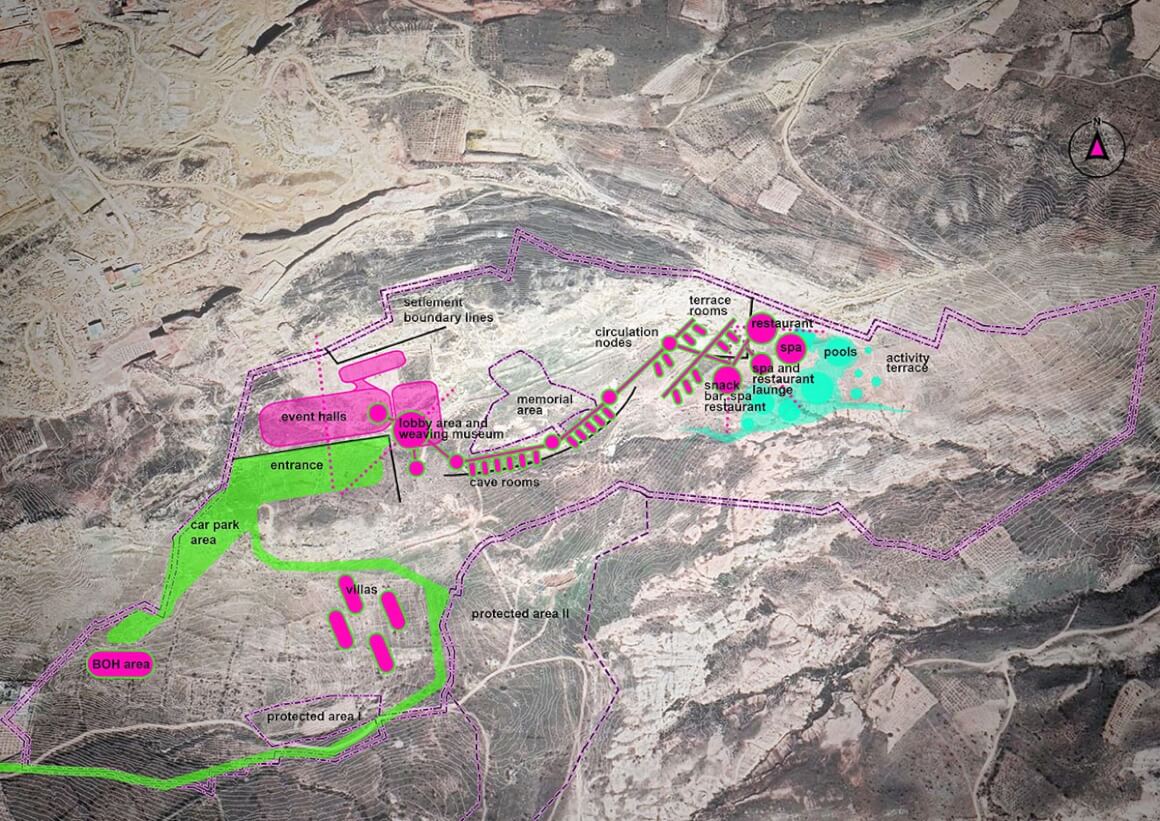
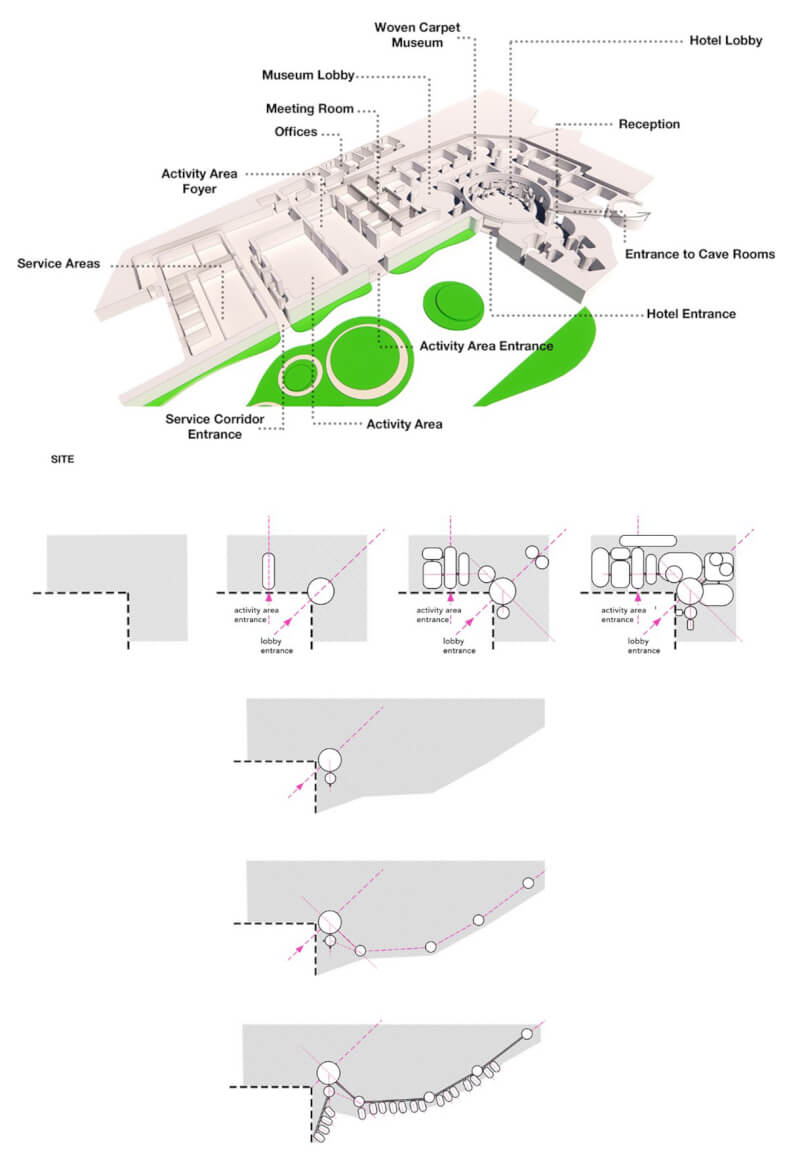
Project: Cappadocia Spa Hotel
Architects: GAD Architecture
Lead Architect: Gökhan Avcıoğlu
Design Team: Nesime Önel Olcaycan, Burak Paksoy, Beyza Turgutlu, Aysu Acar, Batuhan Çelebi, and Volkan Buluç Kutal
Client: Indigo Group
Photographers: Harbiye Mahalles



